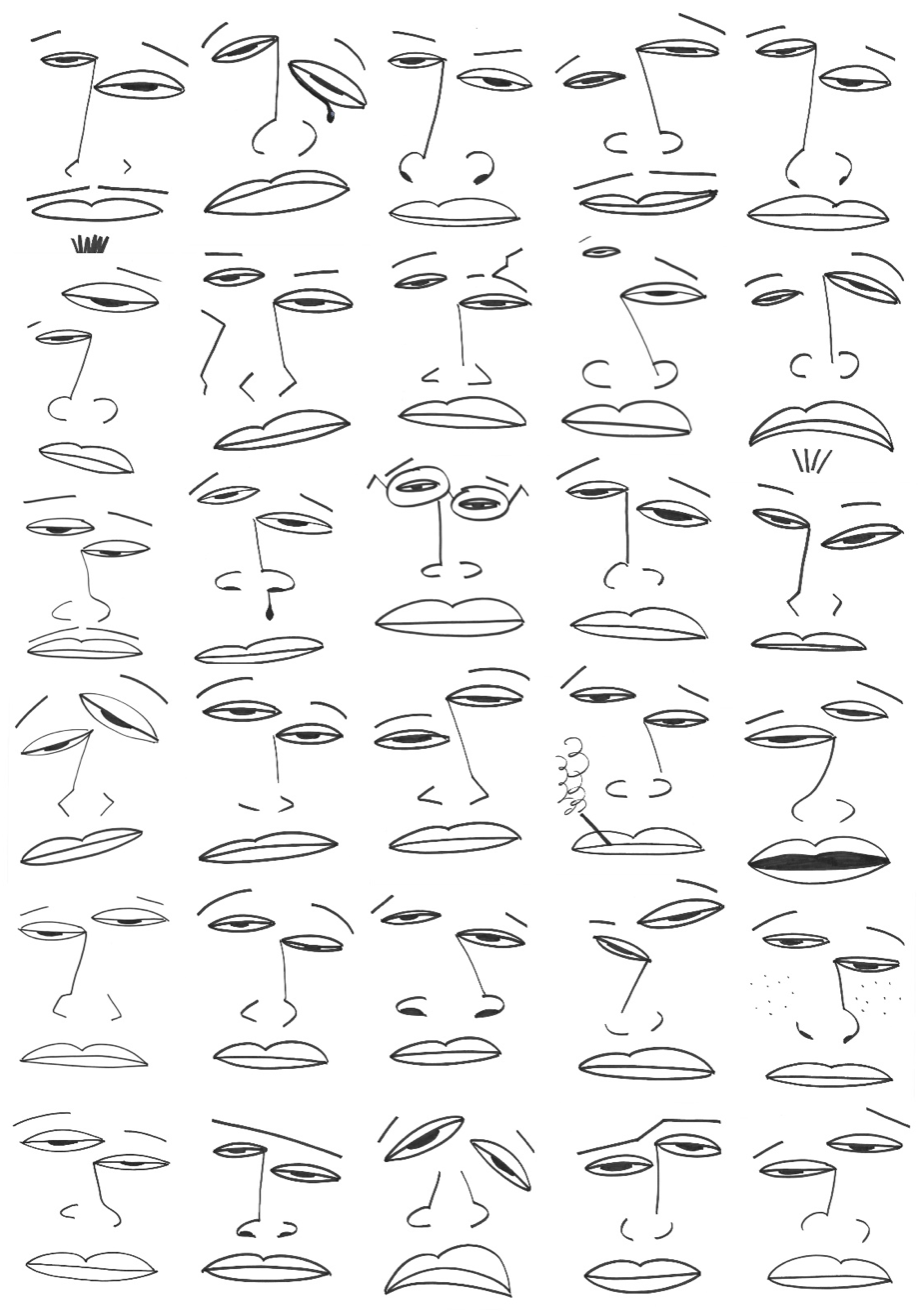Strangers in the Streets
Strangers in the Streets
By Jameel Shammout
In Artworks
Couldn't load pickup availability
Stock level: 1 left
Item details:
▸ Features: Limited Edition Handmade▸ Materials: Cardstock
▸ Art technique: Illustration Silk Screen Printing Hand-Printing
▸ Dimensions (cm): 59.4 x 42.0 x 0.1
▸ Net Weight (kg): 0.2
The Strangers in the Streets screen print brings attention to the faces you see every day and every night, never paying attention to and sometimes even avoiding, these are the faces of working-class people, refugees, and people with nowhere else to go. Their features and appearances hold a life of stories, like curtains hiding the view of a window from the outside, there are only a few rooms that you have been entrusted to enter. The 30 designs that make up this piece were drawn during JamPam’s travels to numerous countries in the region, getting inspiration from the strangers in the streets.
According to the Urban Canvas Exhibition's curator, Dr. Pamela Chrabieh, "Strangers in the Streets" captures the essence of urban alienation, highlighting the often-overlooked faces of those who dwell on the margins. These 30 faces, inspired by individuals from various countries, represent the struggles of working-class people, refugees, and the homeless—individuals whose stories remain untold. Through this piece, the artist challenges the viewer to acknowledge these "strangers" as part of the city's fabric, urging us to look beyond the surface and recognize the humanity in everyone.
Production year: 2024.

About Jameel Shammout

Jameel Shammout aka JamPam is a street artist focusing on topics that reflect his upbringing as a Palestinian in the diaspora. Born in Amman in 2001 to a family without roots in any one location, Jam moved through 8 countries and 3 continents before the age of 20. This life meant that one of the few common links between all the cultures he had to adapt to was art—the only internationally shared language.
While it’s common for artists to utilize street art, murals, and graffiti to build hope and resilience within communities, JamPam took a different approach. Surrounded by foreign societies that didn’t understand the effects of long-term occupation of a homeland or what it means for the population in and outside of the country, he used street art to offer those communities a new perspective.
“I wanted people to understand that war and occupation mean more than just numbers and statistics. I wanted people to relate to, if even just so slightly, what the Middle East has been through, and continues to go through. This pushed me to move away from the traditional forms of raising awareness and instead focus on how I can guide someone’s mind into my own. How can I find the connections between what expresses my emotions and what expresses yours? Finding that link between populations is what ultimately creates empathy and understanding between them.”

